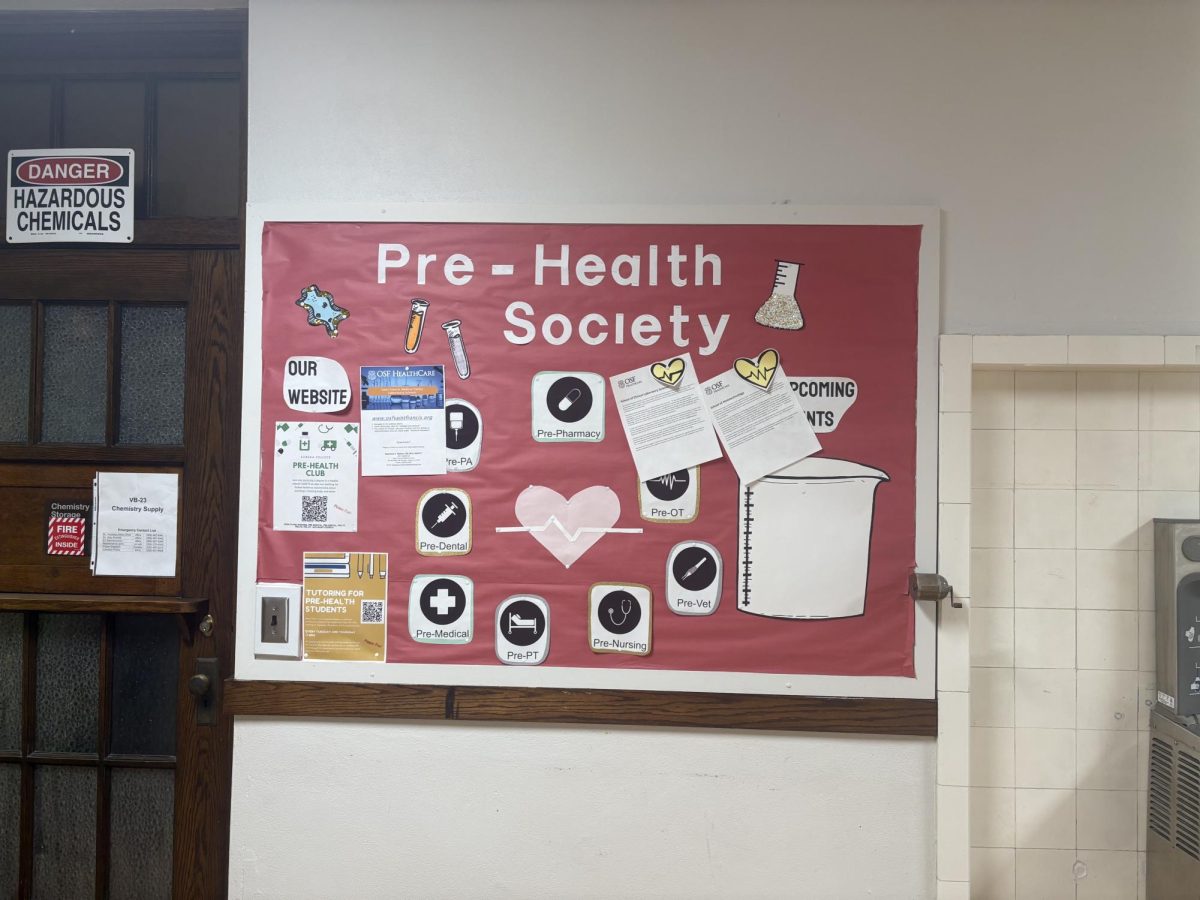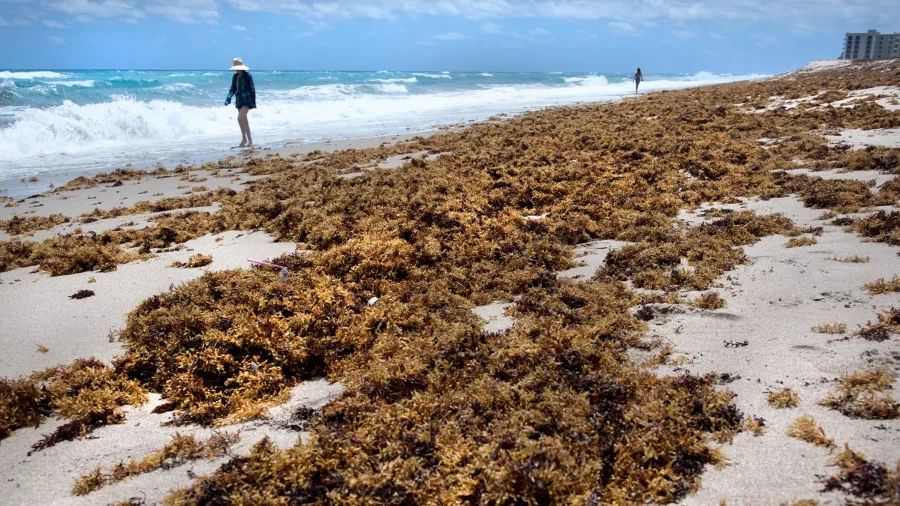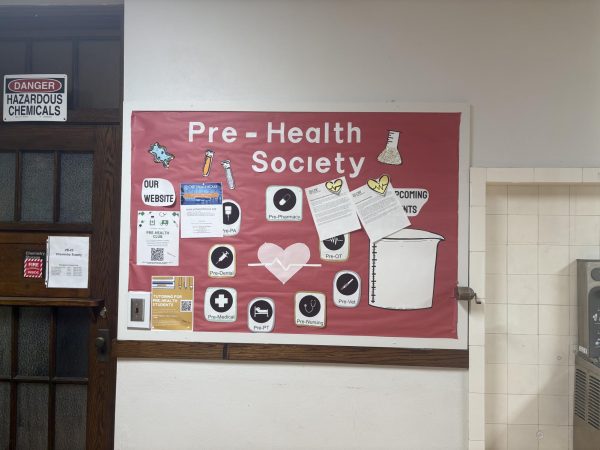The Great Atlantic Sargassum Belt
Here at Eureka College, students don’t have the luxury of going to the beach and seeing sandy shores all the time. Most students have to wait for school breaks such as Christmas break, spring break, or even summer break, but it would be a shame if students weren’t aware that seaweed is in route to take over a few Atlantic beaches. Recently a Eureka College student, Emma Braten, went to Hallandale Beach, in Miami Florida and she said “When we went out to the beach on our last day we could see almost a blanket-like cover of seaweed. It covered most of what we could see on the beach and it was almost a half foot thick, there was tons of it.” Currently there is a 5,000 mile wide land mass of seaweed that weighs over six million tons.
The seaweed that is in reference is known as sargassum, sargassum is a leafy brown type of seaweed that often appears to have what looks like berries. This seaweed also reproduces on the water surface, making it extremely easy for it to grow uncontrollably. Now, the seaweed does provide food and habitat for fish, food for sea turtles and birds, and also breeding grounds for many animals. The problem is that if sargassum doesn’t get cleaned up from the beaches the arsenic that the seaweed carries could end up in our groundwater which can be a health hazard to humans. Also, if there is an excessive amount of sargassum it can promote the growth and spread of fecal bacteria. Major health concerns from fecal bacteria include Hepatitis A. and Rotavirus.
The reason innocent college students need to be aware of this dilemma is because many of them have no idea the harm that could come their way by visiting areas with mounds of sargassum washed up on the beach. When sargassum decomposes it begins to rot, and that causes the production of hydrogen sulfide gas which gives off the smell of rotten eggs. The gas can irritate a human’s eyes, nose, and throat. If you have asthma you could be more inclined to the symptoms of irritation. Now it should be noted that sargassum itself does not burn the skin or cause rashes, but the tiny organisms that live in sargassum such as the larvae of jellyfish can irritate the skin and may even cause harm. Lastly, it is very important that people do not use sargassum in their cooking or think sargassum is something they can eat. Now it is proven that sargassum is edible and can be digested by humans, but recently studies have shown that there are toxic metals inside the seaweed, such as arsenic and cadmium.

Gaige Owens (Marion, IL) majors in Communication and Media Studies. Gaige is fan of sports, especially wrestling, and wrestles on the Eureka College...





























